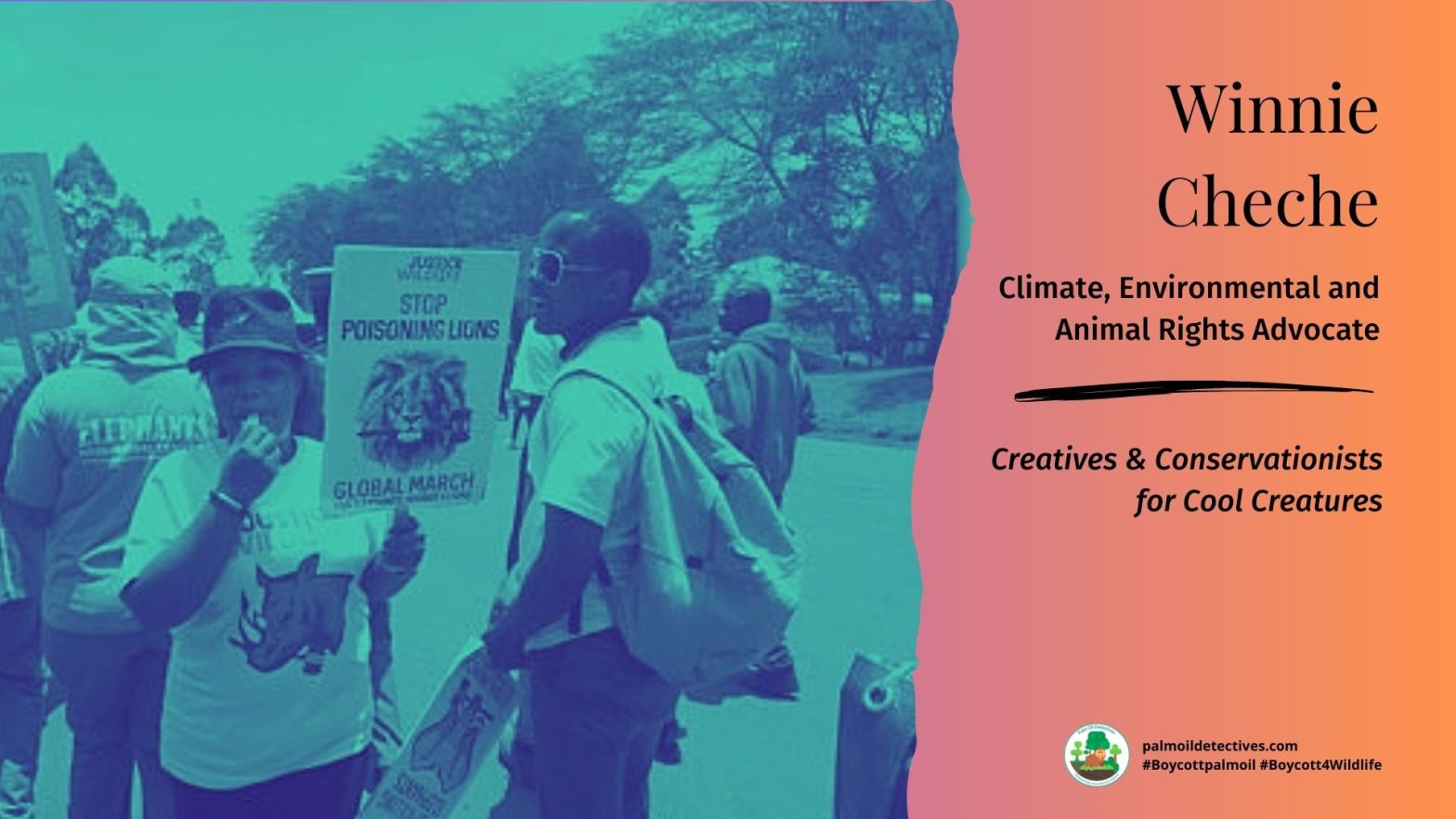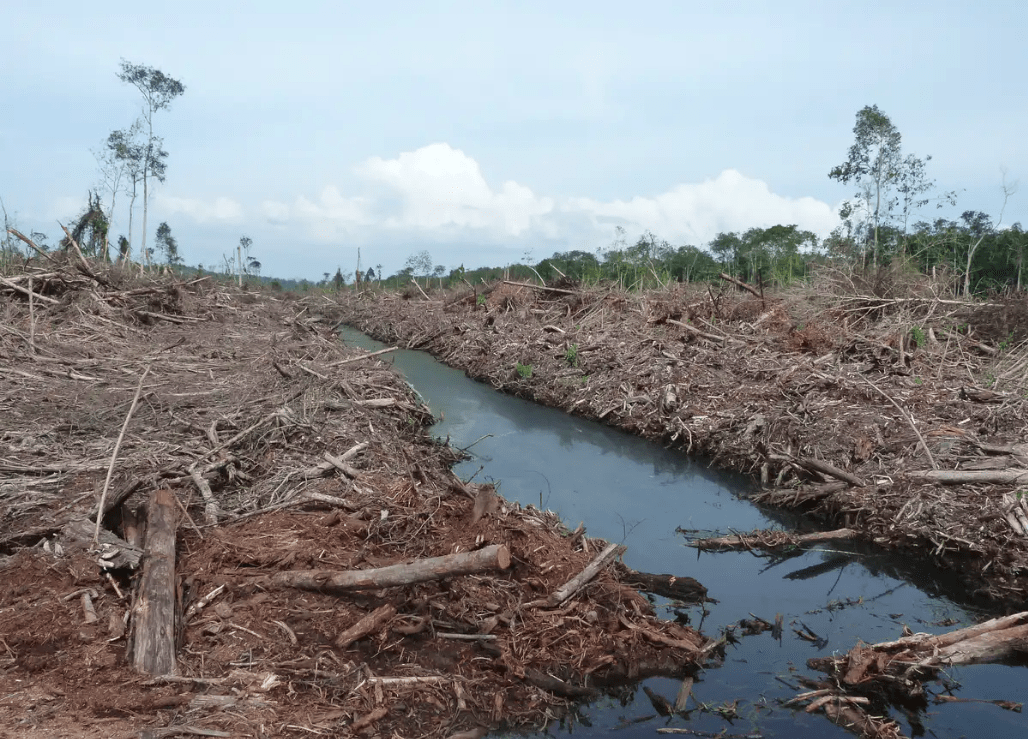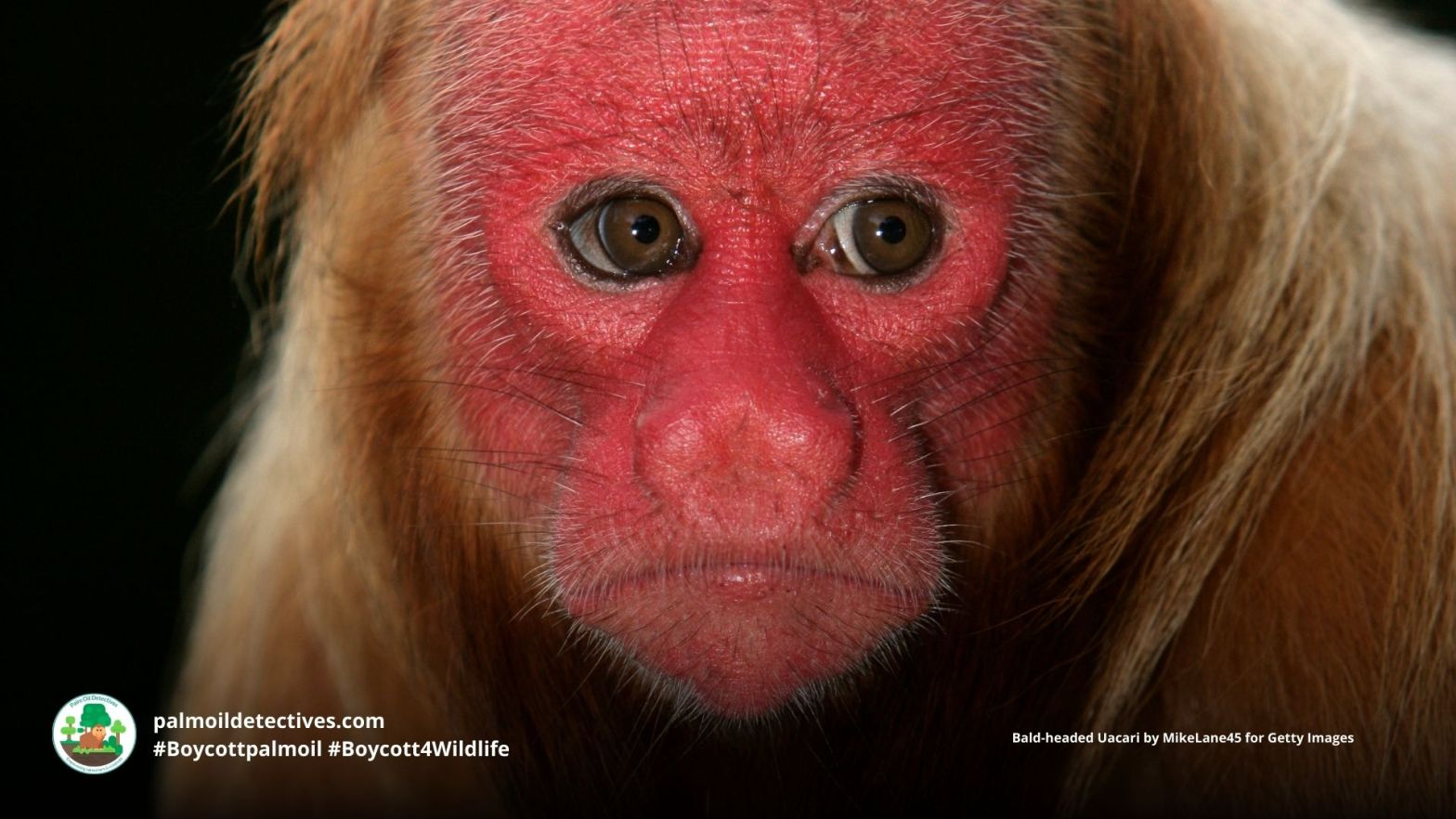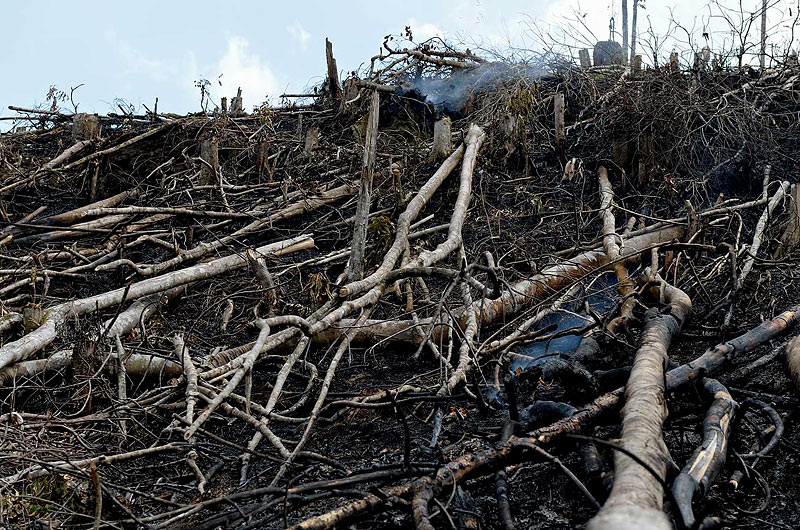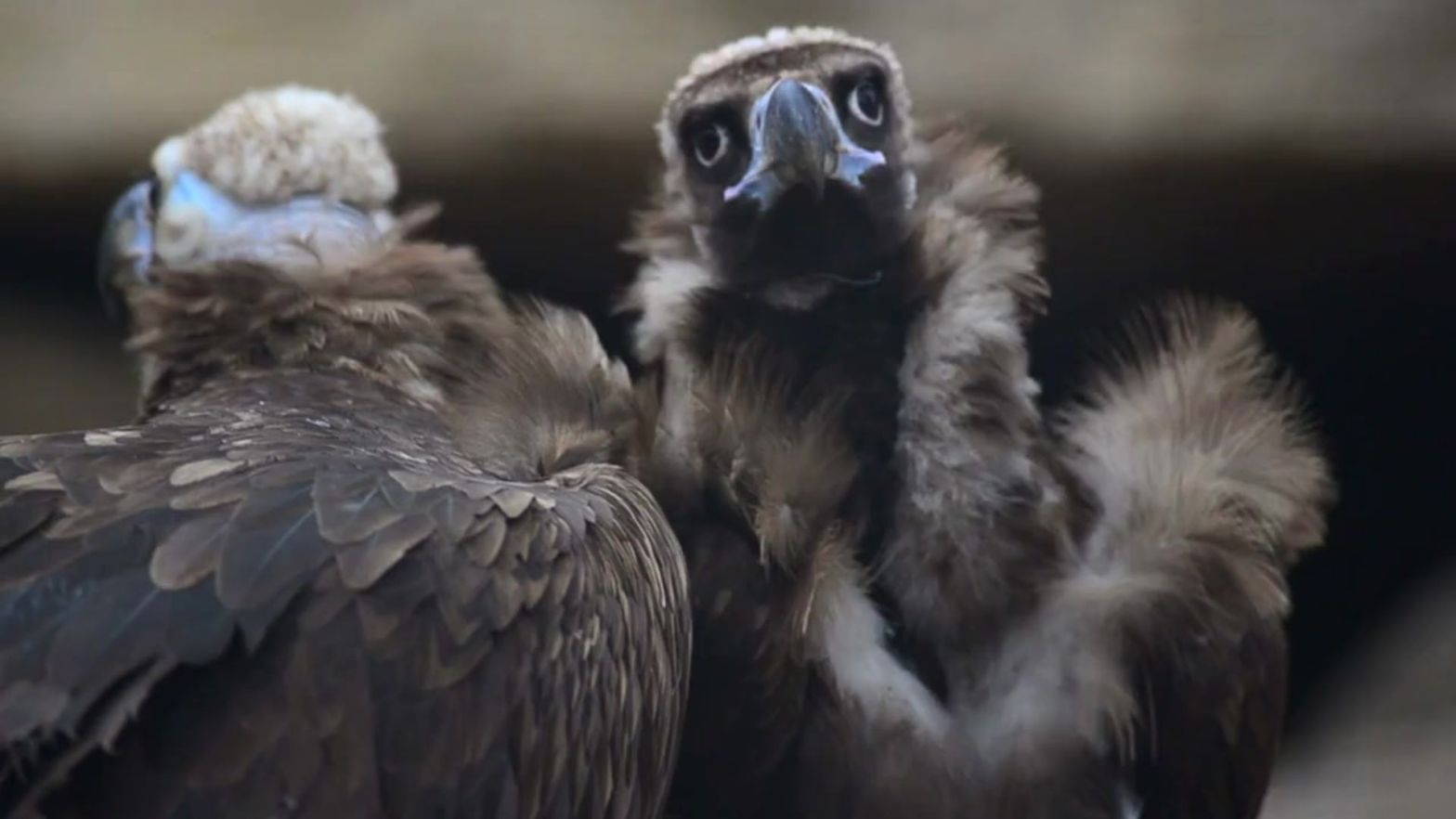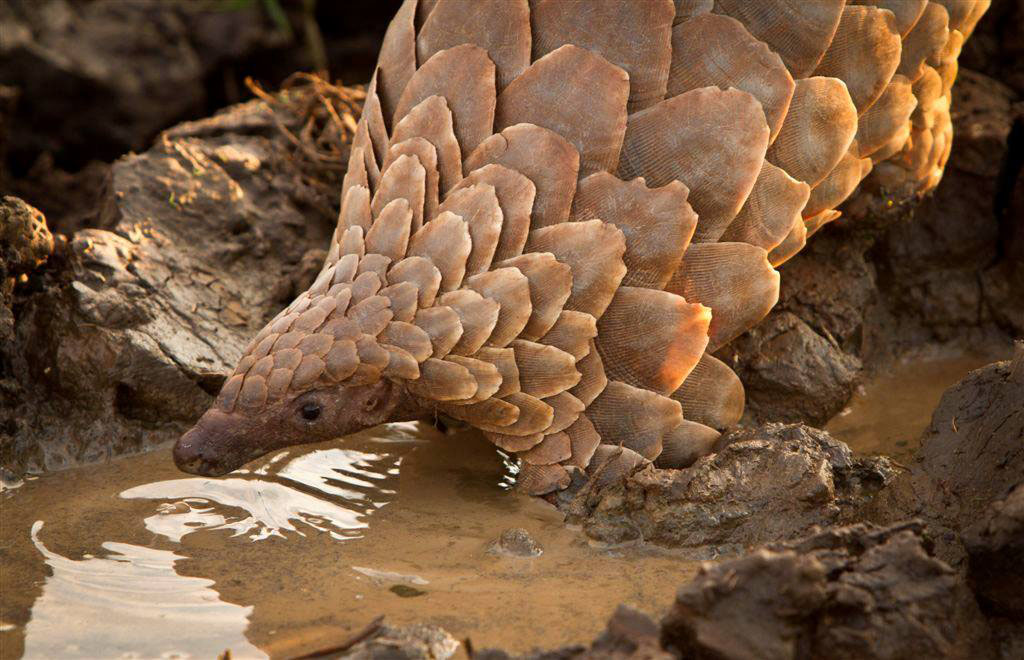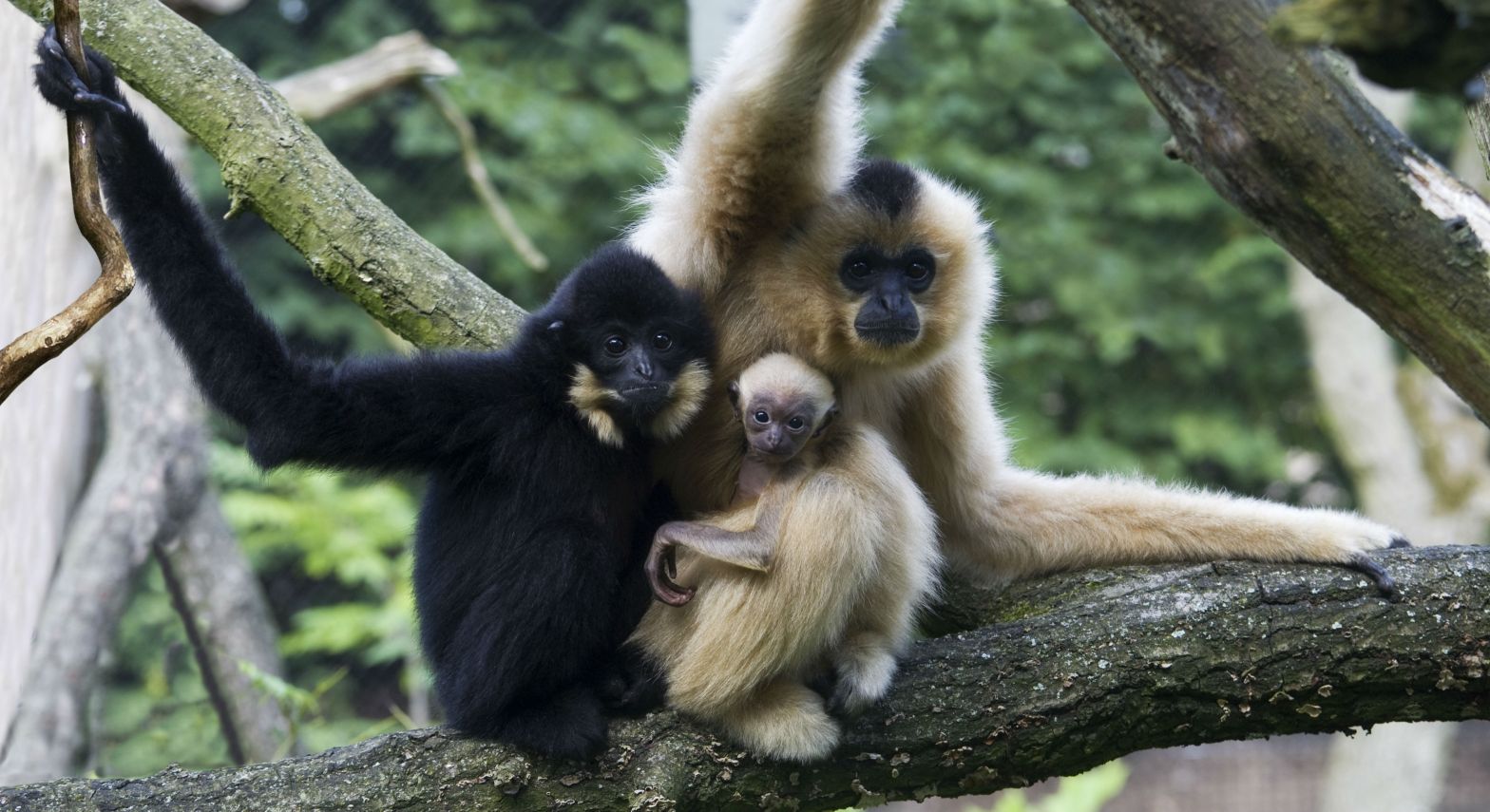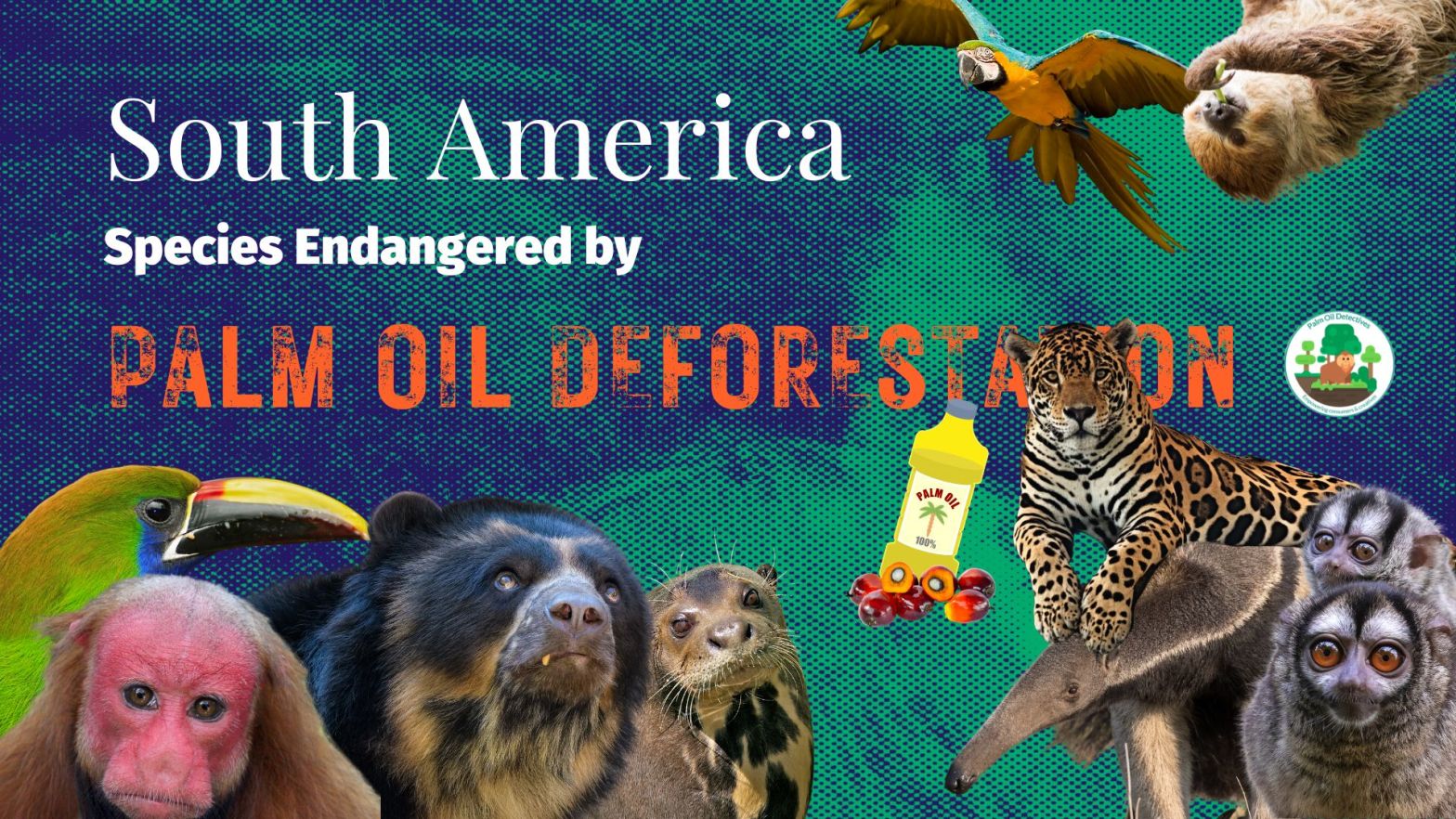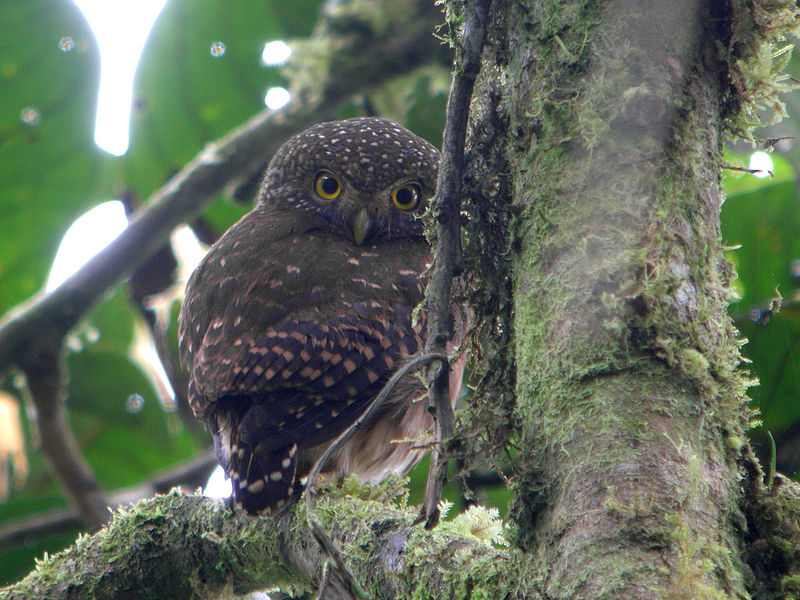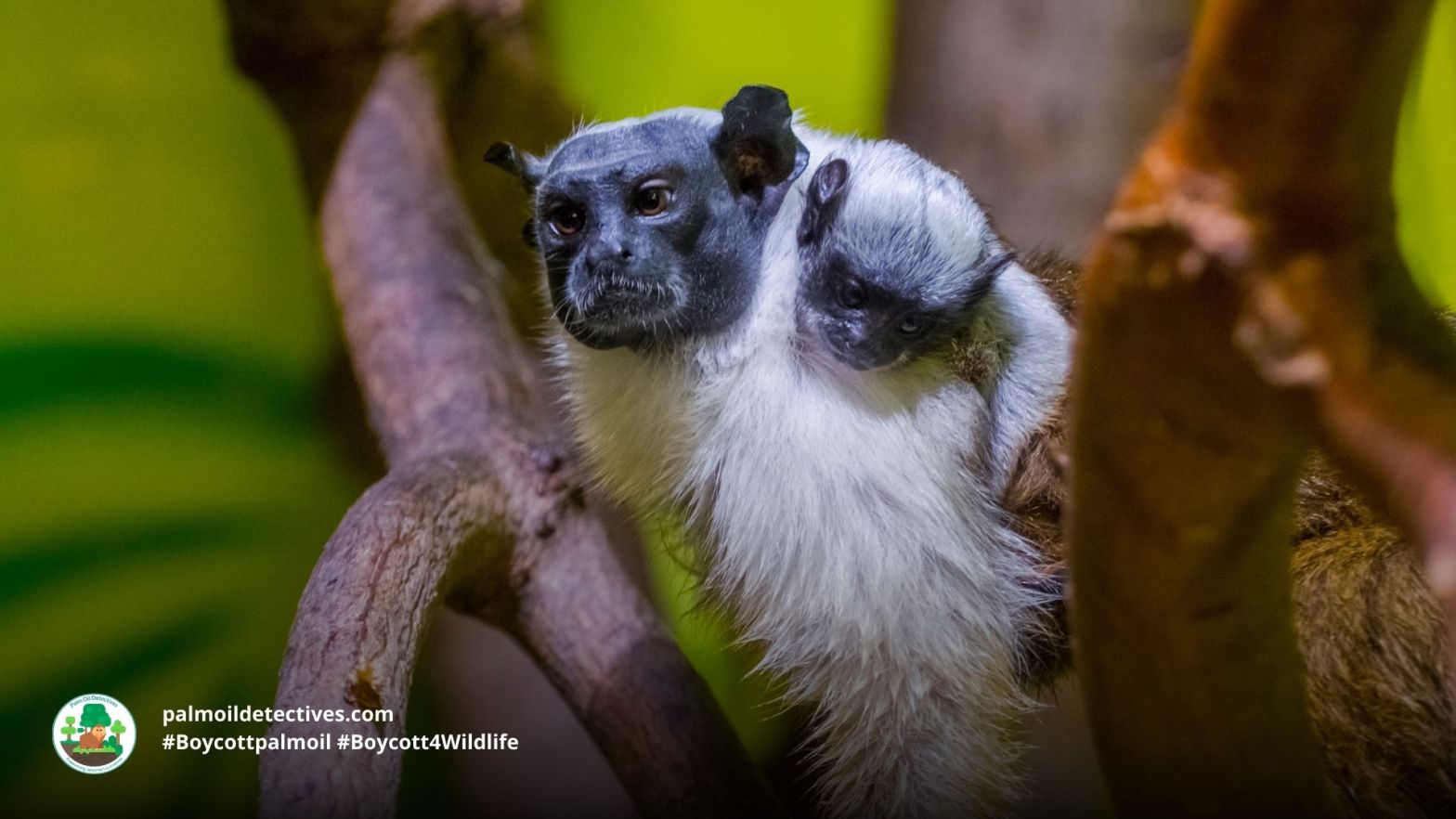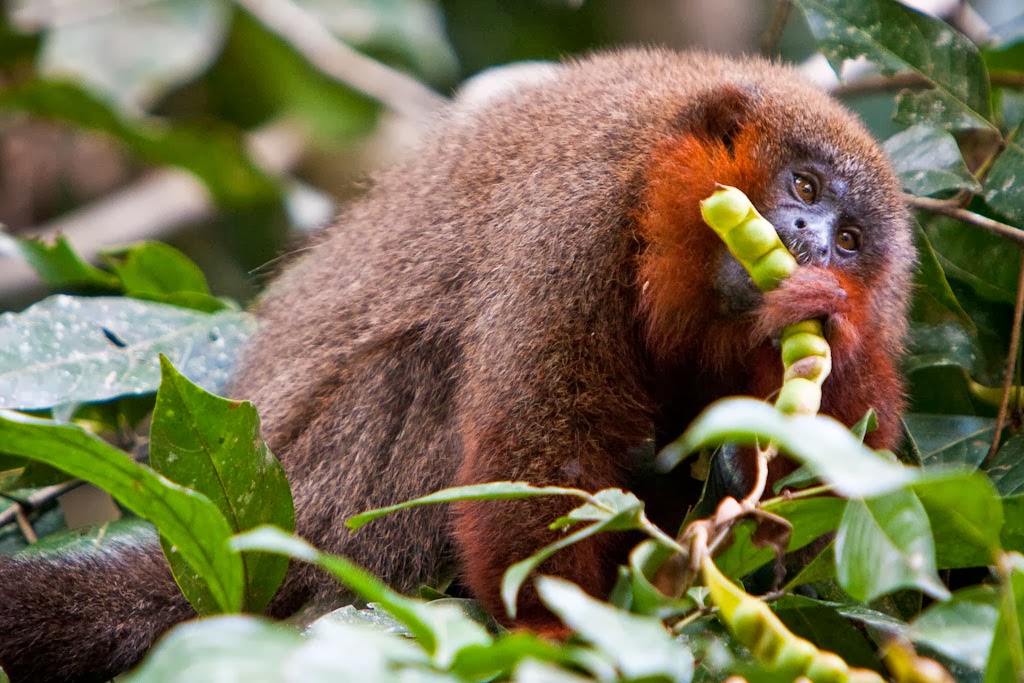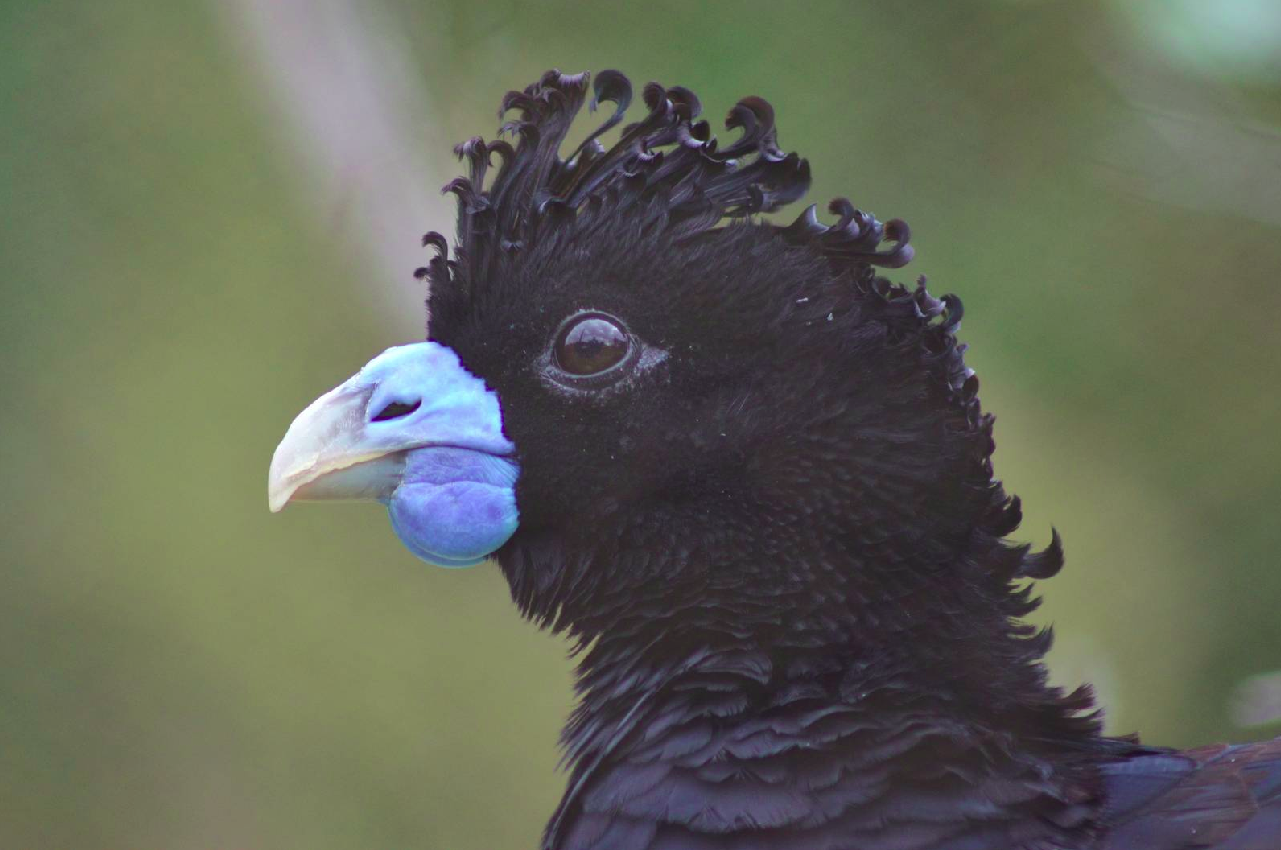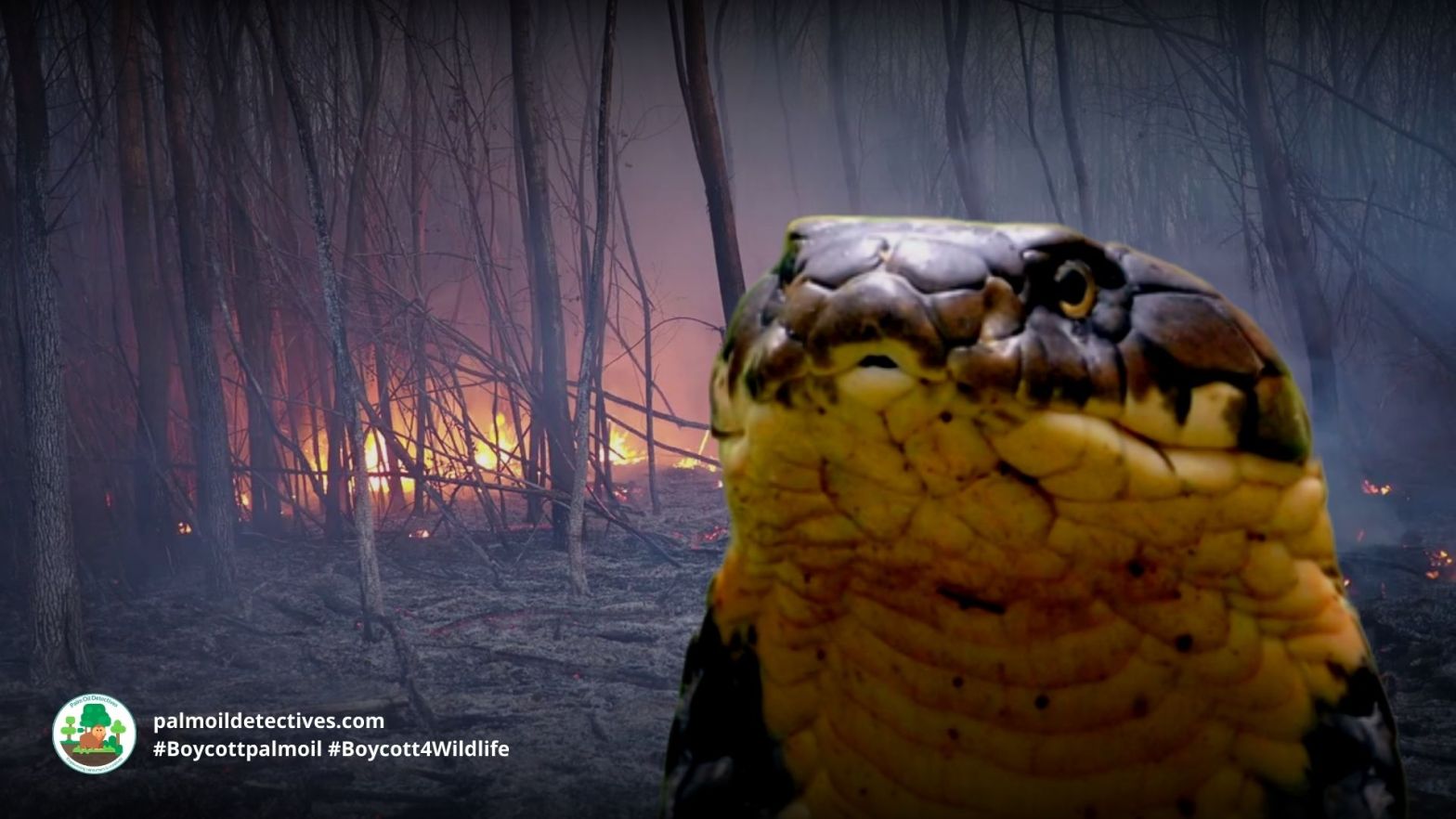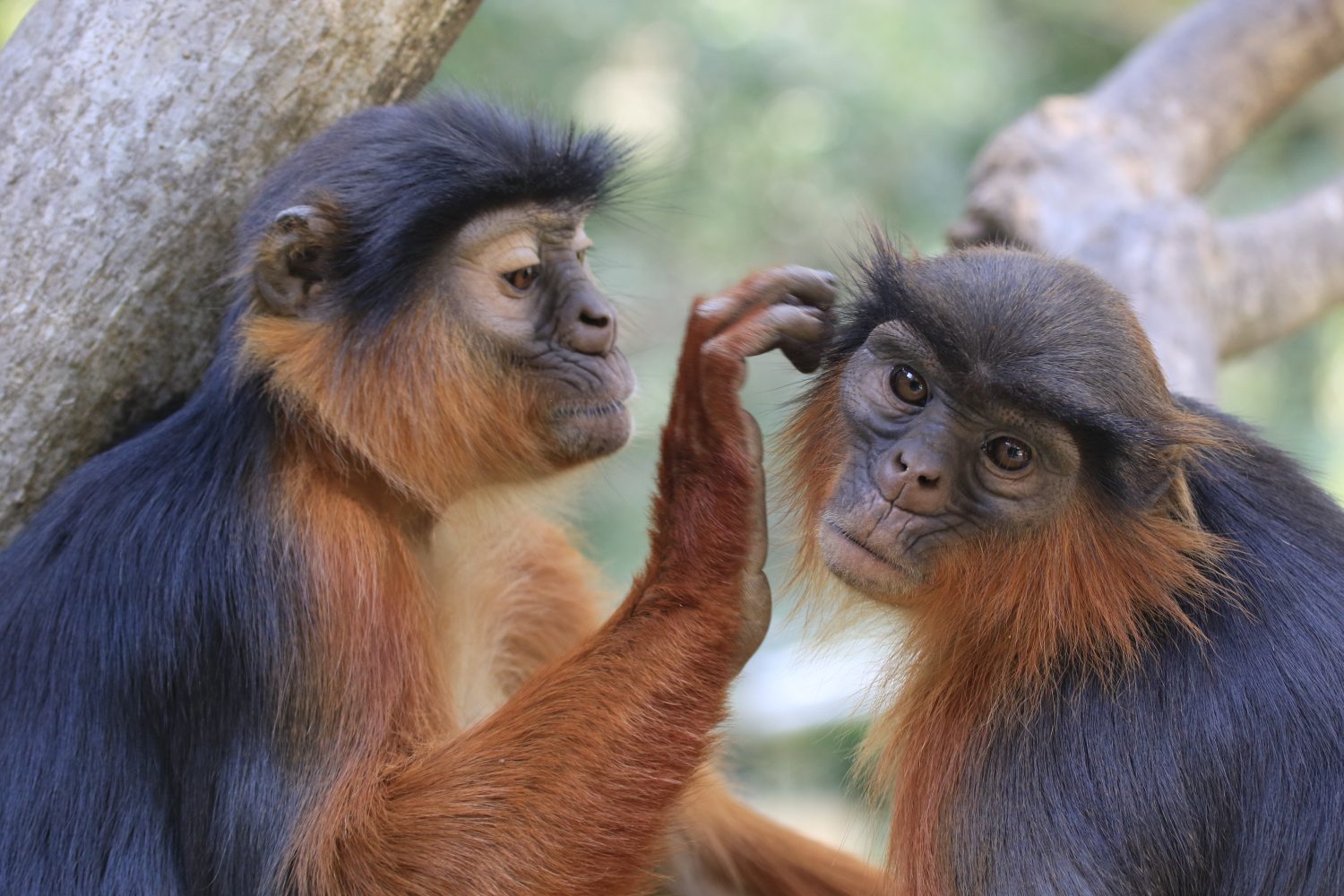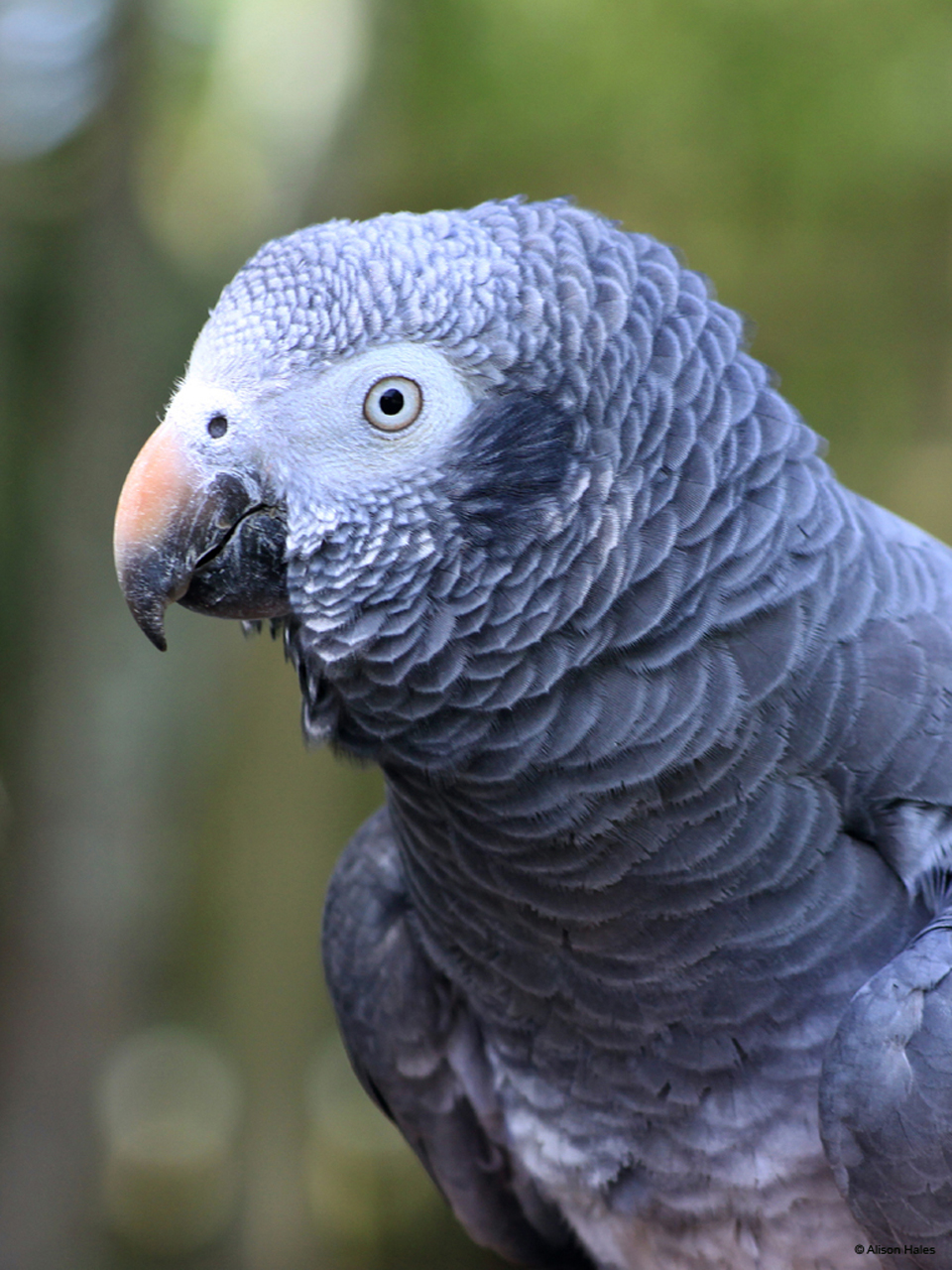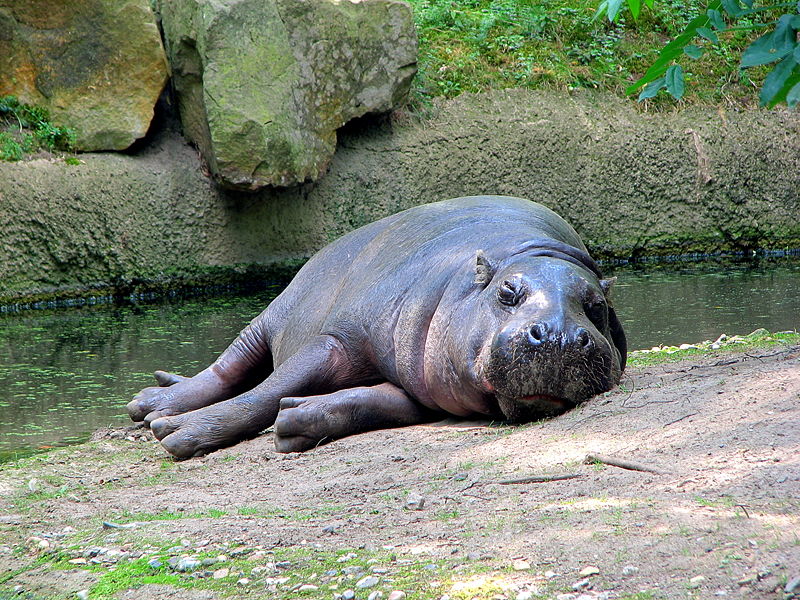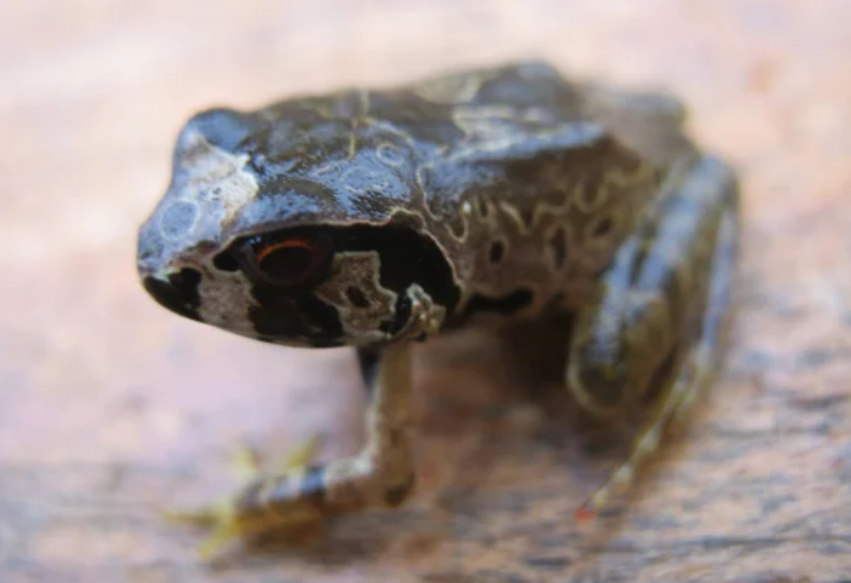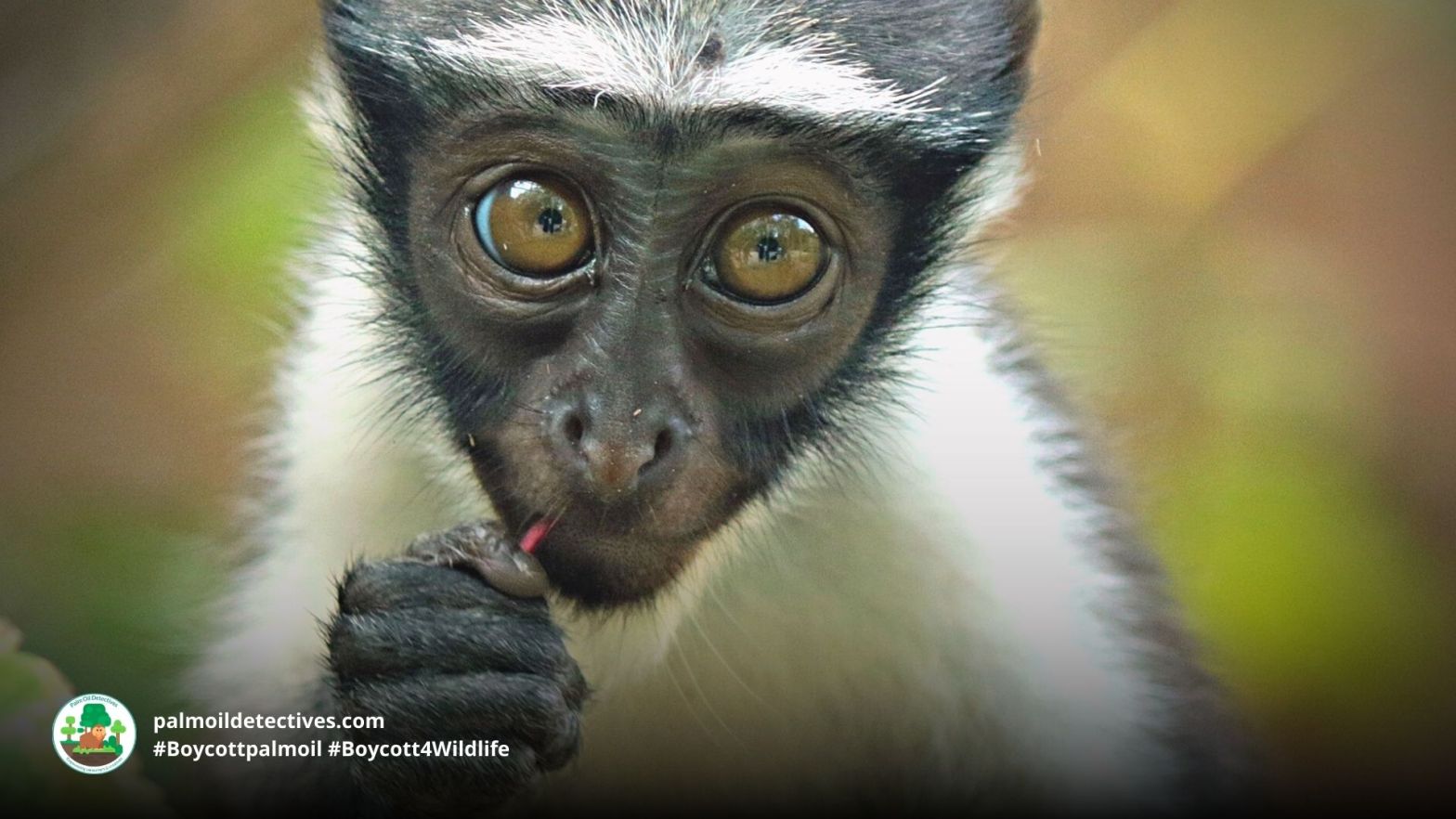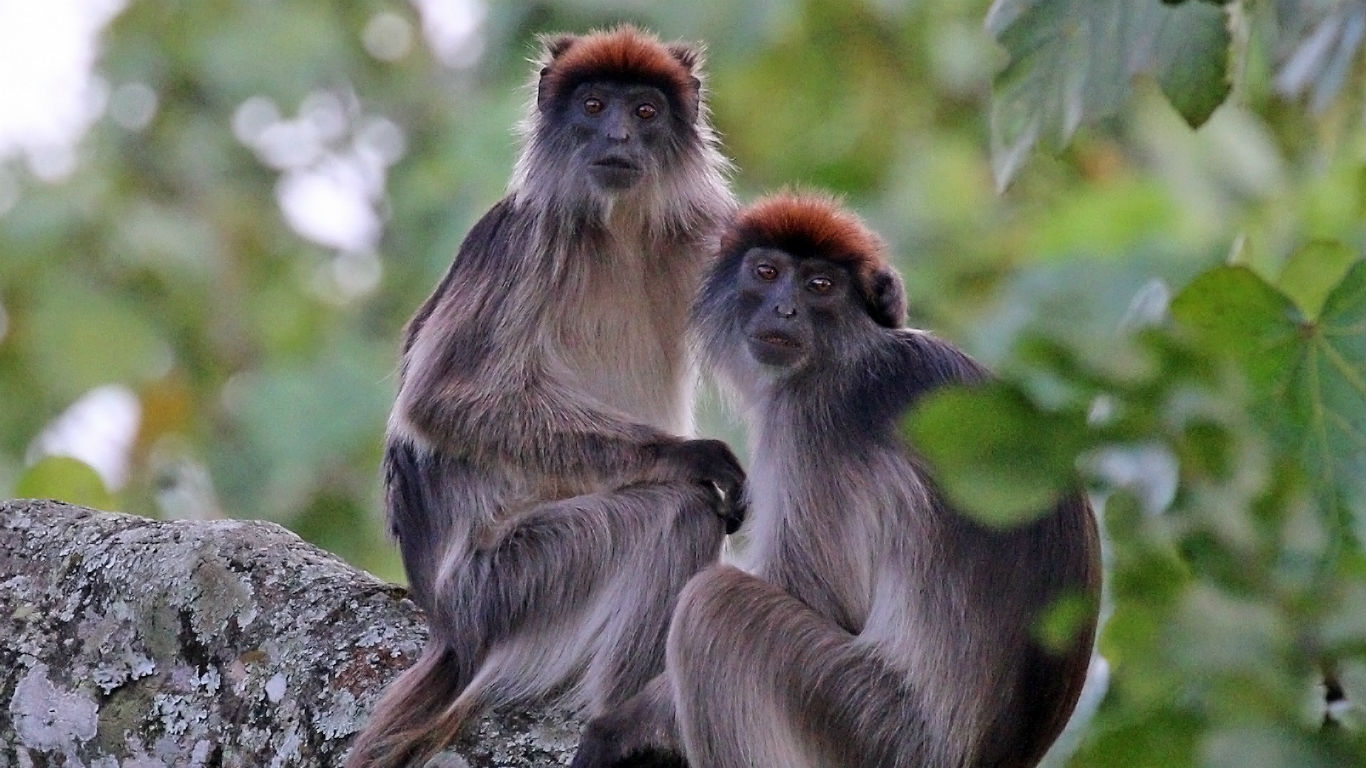I love wildlife and I am ready to do whatever I can to ensure that future generation get to see animals. Poaching and conservation area encroachment continue to be a threat to wildlife existence, and something needed to be done. Knowledge is power and a good start to ensure things change. Extinction is already taking them away, and humans contribute to that. Helping them know how they play that part will help stop the reaction. If you want to get involved in conservation, look at the many ways that humans are driven crazy out of our greed and selfishness. Then work to find fixes and solutions for that. We can allow our humanity and compassion to guide us towards advocating for the right thing for animals and for the natural world.
Monthly Archives: February 2021
Dangers of wildlife mass death in this era
For a while now, we have been labeled as a generation promoting mass extinction of other species as a result of some negative activities we do for developments. We have occupied and displaced these species, as our population continues to expand. Cheche Winnie The mass death of elephants in the Okavango Delta A few daysContinue reading “Dangers of wildlife mass death in this era”
Bald-headed Uacari Cacajao calvus
With their long shaggy coats and striking bright red faces, Bald-headed Uacaris are true icons of the Amazon rainforest and are found in Brazil, Peru and Colombia. When an Uacari has a bright red face this indicates good health, a pale face indicates a sickly physical state. These monkeys spend most of the year in the tree tops to avoid the seasonal flooding of their Amazonian habitat. During the dry season, they return to the ground to look for seeds. They face an existential threat from palm oil, soy and meat deforestation in the Amazon.
How forest loss has changed biodiversity across the globe over the last 150 years
Maria Dornelas, University of St Andrews; Gergana Daskalova, University of Edinburgh, and Isla Myers-Smith, University of Edinburgh The Earth’s forests have been changing ever since the first tree took root. For 360 million years, trees have grown and been felled through a dynamic mix of hurricanes, fires and natural regeneration. But with the dawn ofContinue reading “How forest loss has changed biodiversity across the globe over the last 150 years”
Rüppell’s Vulture Gyps rueppelli
The Rüppell’s Vulture is an enigmatic avian marvel soaring the African and European skies. They now teeter on the brink of extinction due to the depletion of their prey species and deforestation throughout their range. This critically endangered species, are known for their awe-inspiring high altitude flights—reaching heights seen by commercial airlines. They face a grave threat from the insidious palm oil industry, mining along with other destructive industries across their range. Help them to survive and #BoycottPalmOil and #Boycott4Wildlife every time you shop.
The Plight of the Pangolin
My favourite animal changes all the time. When I was younger, I cycled through various large, majestic cats such as tigers, jaguars and snow leopards. At one point, I considered the polar bear among my favourites; another time, the hippo. But now I much prefer stranger, more obscure, more underappreciated animals. And a weird, elusive,Continue reading “The Plight of the Pangolin”
Gibbon song may be music to the ears of human language students
Nicholas Bannan, University of Western Australia Gibbons and humans have more in common than might immediately seem apparent. Among many behavioural traits shared by our two species is singing. Not just that – the songs of gibbons have the potential to teach us about the origin of our own human capacities. A recent study inContinue reading “Gibbon song may be music to the ears of human language students”
South America: Species Endangered by Palm Oil Deforestation
As the lush equatorial rainforests of South East Asia are exhausted, increasingly focus is being placed on parts of Central and South America. Oil Palm is a growing commodity there and is found in Colombia, Brazil, Ecuador, Guatemala and Mexico. Help the rare and beautiful animals of South and Central America to survive the scourge of palm oil and #Boycottpalmoil #Boycott4Wildlife in the supermarket. Learn more
Pernambuco Pygmy-owl Glaucidium mooreorum
The extremely rare Pernambuco Pygmy-owl is critically endangered on the @IUCNredlist due to massive logging and deforestation for #palmoil #beef farming in #Brazil support this animal’s survival by making art and joining the #boycott4wildlife
Pied Tamarin Saguinus bicolor
The Pied Tamarin lives in primary forests and in small fragments of secondary forests. In primary forests like Reserva Ducke the density is lower than in small fragments (Gordo 2012). They eat fruits, nectar, plants and animal prey (including frogs, lizards, eggs, small birds, spiders and insects). They live in extended family groups of four to 15 individuals. They are critically endangered from palm oil, soy, meat and gold mining deforestation throughout their range. Help them every time you shop and #BoycottGold4Yanomami, #Boycottpalmoil #boycott4wildlife
Caquetá Tití Monkey Plecturocebus caquetensis
Caquetá Titi Monkeys make a distinctive purr like kittens. They form monogamous partnerships. Discovered only in 2010 they are now critically endangered due to massive deforestation in #Colombia for #palmoil and #timber #Boycottpalmoil #Boycott4Wildlife
Blue-billed Curassow Crax alberti
The enigmatic blue-billed curassow (Crax alberti – local name “Paujil”), endemic to the tropical humid forests of northern Colombia, is the cracid species most threatened with extinction in the wild from #deforestation
King Cobra Ophiophagus hannah
Known as the serpentine king of the jungle in South East Asia, the King Cobra lives in many different environments including pristine forests, degraded forests, mangroves, swamps and woodlands. The main threats that they face are as a result of palm oil deforestation and other agricultural expansion throughout their range. Help them and #Boycottpalmoil #Boycott4Wildlife
Western Red Colobus Piliocolobus badius
Western Red Colobus Piliocolobus badius Endangered Côte d’Ivoire; Guinea; Guinea-Bissau; Liberia; Sierra Leone This is a predominantly arboreal species found in a variety of forest types including primary, secondary, and gallery forest, woodland savanna, tree and shrub savanna, mangroves and residential gardens (Starin 1991, Galat-Luong and Galat 2005, Struhsaker 2010, Butynski et al. 2013). InContinue reading “Western Red Colobus Piliocolobus badius”
Timneh Parrot Psittacus timneh
Timneh Parrot Psittacus timneh Endangered Côte d’Ivoire; Guinea; Guinea-Bissau; Liberia; Sierra Leone Although typically inhabiting dense forest, individuals are commonly observed at forest edges, clearings, gallery forest, mangroves, wooded savannah, cultivated areas, and even gardens (Juniper and Parr 1998), but it is not clear whether these are self-sustaining populations. They may make seasonal movements outContinue reading “Timneh Parrot Psittacus timneh”
Pygmy Hippopotamus Choeropsis liberiensis
Pygmy Hippopotamus Choeropsis liberiensis Endangered Guinea, Liberia, Sierra Leone, Ivory Coast. Nigeria (Extinct) The Pygmy Hippopotamus is rarely seen because of its secretive, nocturnal habits and consequently not much is known of its ecology. This hippopotamus mainly inhabits lowland primary and secondary forests, close to rivers, streams and Raphia palm tree swamps (Robinson 1970, BülowContinue reading “Pygmy Hippopotamus Choeropsis liberiensis”
White-thighed Colobus Colobus vellerosus
White-thighed Colobus Colobus vellerosus Critically endangered Ghana, Ivory Coast, Benin, Togo The White-thighed Colobus is threatened primarily by hunting and secondarily by habitat loss (McGraw 2005). Accelerated hunting pressure is discernible from reported changes in hunters’ behaviour in the species’ range countries. Thirty years ago, hunters in Ghana and Côte d’Ivoire almost always hunted onlyContinue reading “White-thighed Colobus Colobus vellerosus”
Krokosua Squeaking Frog Arthroleptis krokosua
Krokosua Squeaking Frog Arthroleptis krokosua Critically endangered Ghana, Ivory Coast The Krokosua Squeaking Frog is listed as Critically Endangered because there are believed to be fewer than 250 mature individuals, with 90% of these occurring within the sub-population found in the Sui Forest Reserve. The Krokosua Squeaking Frog faces continuing decline in the number ofContinue reading “Krokosua Squeaking Frog Arthroleptis krokosua”
Roloway Monkey Cercopithecus roloway
Roloway Monkey Cercopithecus roloway Critically endangered Ghana, Ivory Coast This highly arboreal species was once confined to moist evergreen and moist semi-deciduous primary and old secondary lowland forests and swamp forests. The Roloway Monkey is one of the most threatened monkeys of the Upper Guinean Forest block (Oates 1996). They have previously been recorded fromContinue reading “Roloway Monkey Cercopithecus roloway”
Miss Waldron’s Red Colobus Piliocolobus waldroni
The Miss Waldron’s Red Colobus is listed as Critically Endangered as the species is estimated to have undergone a population decline of more than 80% in the 30 years (approximately three generations) up until the last authenticated specimen (killed by a hunter) was found in 2002.
Deforestation through logging, charcoal production, cocoa farming and clearance for agricultural land (including industrial oil palm and rubber tree plantations), occurred over much of the species range in the last 50-60 years.

